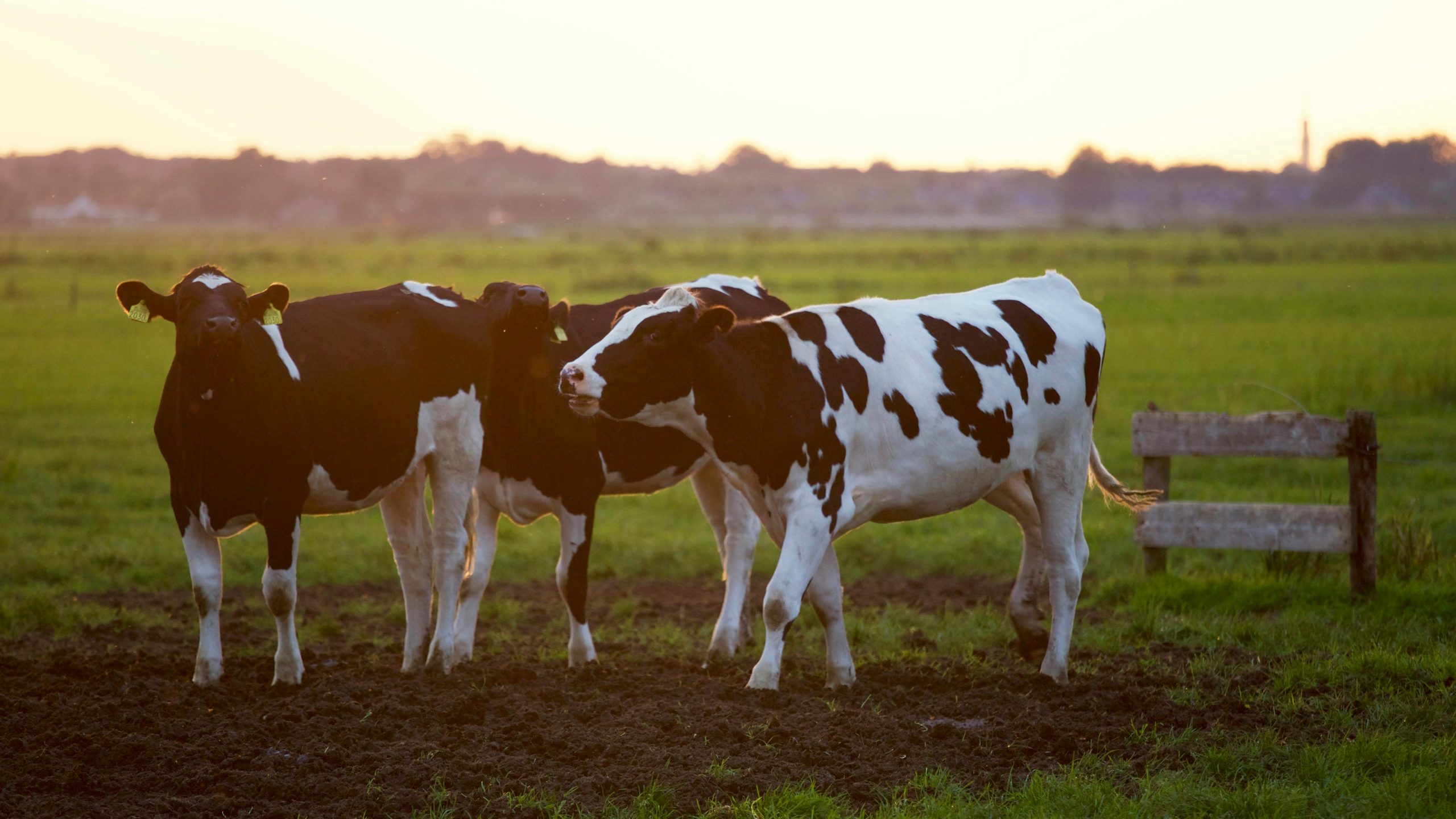Introduction
Kenya’s agricultural sector remains one of the country’s most promising and profitable industries. Livestock farming, in particular, offers incredible opportunities for farmers seeking a sustainable and rewarding business venture. The country’s favourable climate, growing market demand, and government support make livestock farming attractive for both small—and large-scale investors.
This article will explore Kenya’s most profitable livestock farming businesses, provide insights on how to succeed in this field, and explain how land access is crucial to success. Whether you’re considering beef farming, poultry farming, or other livestock ventures, understanding the dynamics of the industry and the necessary resources can ensure your success.
1. Understanding Livestock Farming in Kenya
1.1 The Importance of Livestock Farming in Kenya
Livestock farming has been a fundamental part of Kenya’s agricultural landscape for decades. The industry contributes significantly to the country’s Gross Domestic Product (GDP) and provides livelihoods for millions of Kenyans. Livestock farming includes food security through meat, milk, and eggs. It supports numerous related industries, such as veterinary services, feed production, and transportation.
Kenya’s livestock sector is vital to the rural economy, creating employment opportunities in urban and rural areas. Additionally, it forms a major part of the country’s export revenue, especially in meat and dairy products.
1.2 Key Factors Influencing Livestock Farming in Kenya
Several key factors determine the success of livestock farming in Kenya. These include:
- Climate: Kenya’s diverse climatic regions allow for the cultivation of various types of livestock, from cattle in the cooler highlands to goats and poultry in the warmer lowlands.
- Feed and Water availability: Access to adequate grazing land, fodder, and water resources is critical. Ensuring these resources are reliable and abundant will increase the profitability of your livestock farming venture.
- Infrastructure: Adequate infrastructure, such as roads, markets, and veterinary services, is necessary for smooth operations and access to key resources.
- Market Demand: The growing local demand for meat, milk, and other animal products provides a ready market for livestock farmers.
1.3 The Role of Land in Livestock Farming
Land plays an essential role in the success of livestock farming. In Kenya, farmers typically require large pieces of land to allow their animals to graze freely. This is especially true for cattle and sheep farming, where animals need ample space for grazing.
Securing quality land for raising animals is crucial for aspiring livestock farmers. This is where Fincare Investments comes into play. As a leading real estate company specializing in land leasing and sales, Fincare Investments offers expert advice and a range of options for land acquisition, particularly for those interested in agribusiness ventures. By partnering with Fincare Investments, farmers can access prime land for livestock farming, ensuring they have the necessary resources to thrive.
2. Types of Livestock Farming in Kenya
2.1 Cattle Farming
Cattle farming is one of Kenya’s oldest and most profitable livestock farming ventures. There are two main types of cattle farming: beef and dairy.
- Beef Farming: Beef farming has proven lucrative in Kenya due to the growing demand for beef in local and international markets. The key to success in beef farming is choosing the right breed, ensuring proper feeding, and providing adequate veterinary care. Common breeds for beef farming in Kenya include the Zebu, Boran, and Friesian.
- Dairy Farming: Dairy farming in Kenya is another highly profitable venture. The demand for milk and dairy products is high in urban and rural areas. Kenya’s dairy industry has witnessed significant growth over the years, with farmers earning income from milk sales and selling by-products like yoghurt and butter. For successful dairy farming, selecting high-yielding breeds such as Friesian or Jersey, maintaining proper nutrition, and managing animal health is crucial.
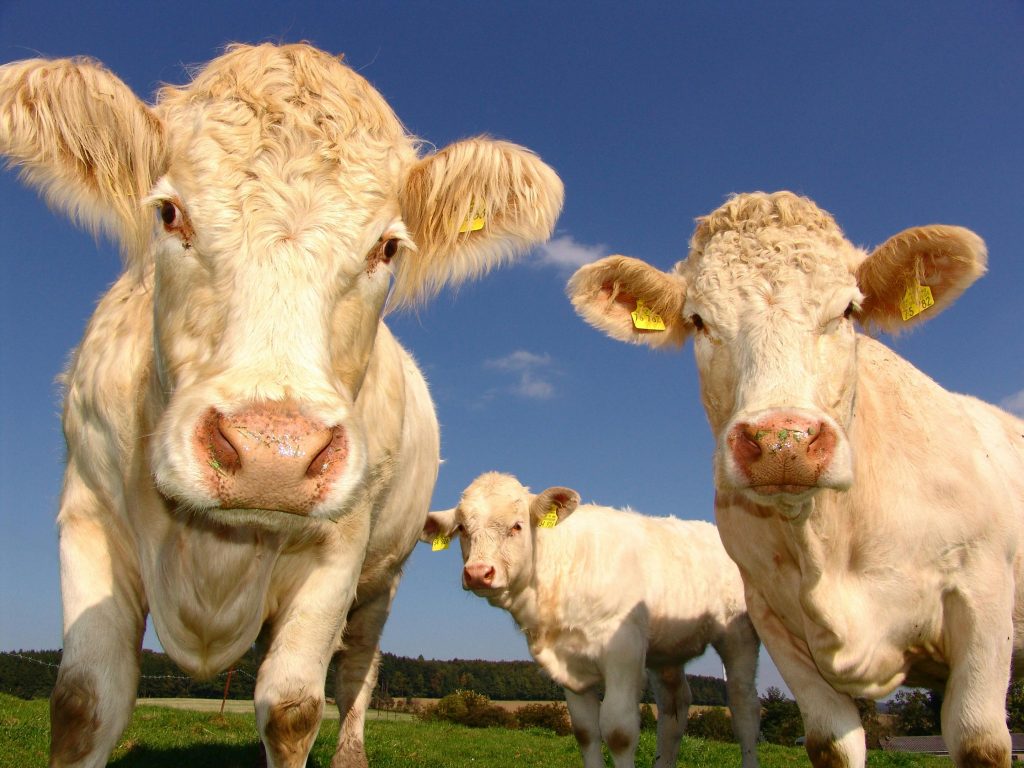
2.2 Poultry Farming
Poultry farming has seen remarkable growth in Kenya, offering a profitable opportunity for those with limited land space. Poultry farming can be divided into broilers (for meat production) and layers (for egg production).
- Broilers: Broiler farming involves raising chickens for meat production. It is a relatively quick turnaround business with good profit potential, as broilers can be ready for market in just 6 to 8 weeks. Farmers can maximize profits by ensuring proper feeding, vaccination, and a controlled environment.
- Layers: Layer farming involves raising hens for egg production. Eggs are a high-demand product in Kenya, and with proper management, layer farming can be highly profitable. The key to success in this venture is choosing the right breed, such as the Hy-Line Brown or Isa Brown, and providing good nutrition and shelter for the hens.
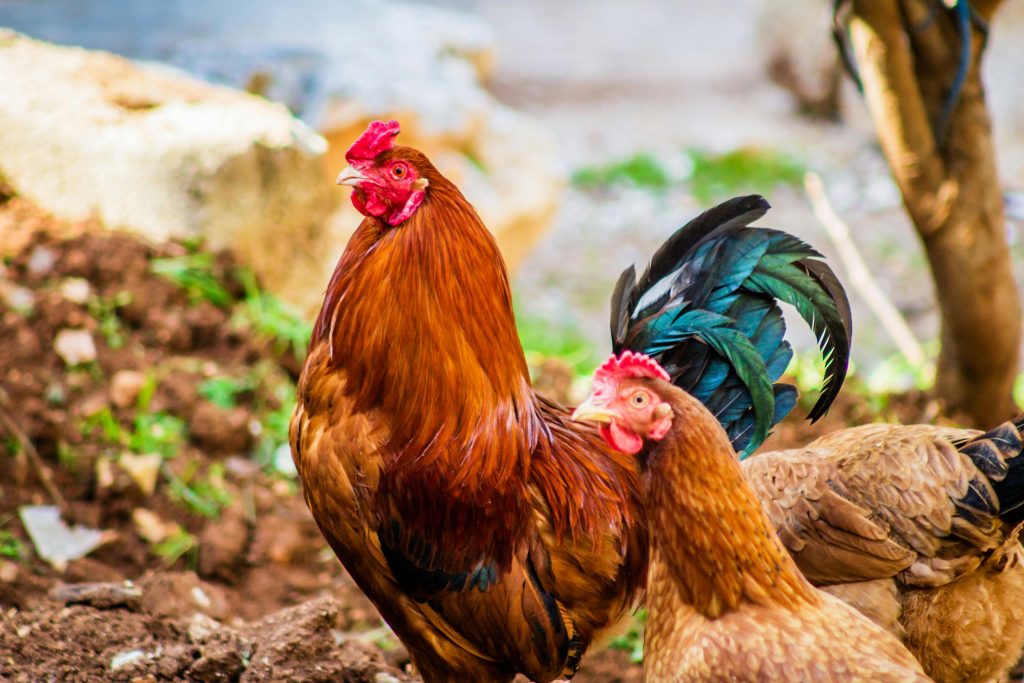
2.3 Goat Farming
Goat farming in Kenya has seen a resurgence in recent years, driven by the high demand for goat meat (especially in urban areas) and milk. Goats are more adaptable to Kenya’s semi-arid and arid climates than cattle, making them a great option for farmers in these regions.
- Profitability: Goats can be raised for both meat (chevon) and milk. The demand for goat meat in Kenya, particularly during festivals and religious holidays, has led to increased market opportunities. Additionally, goat milk is highly nutritious, and many farmers sell it as an alternative to cow’s milk.
- Best Practices: Success in goat farming relies on providing goats with proper nutrition, managing breeding cycles, and ensuring good animal health practices. Popular breeds for meat and milk production include the Galla and Borana goats.
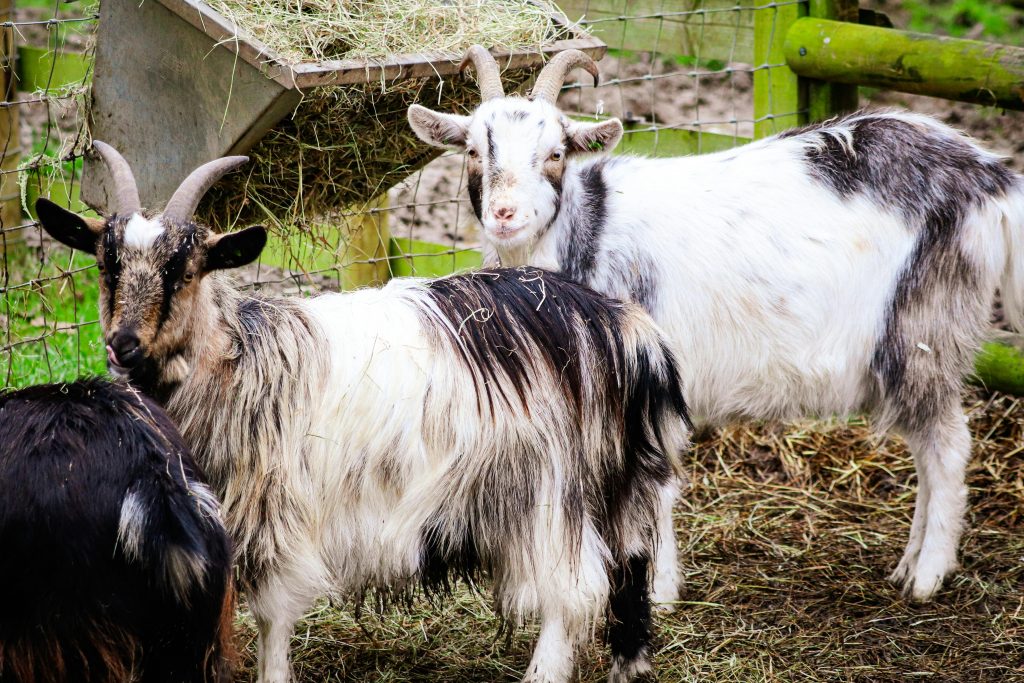
2.4 Sheep Farming
Sheep farming in Kenya is a profitable venture that offers meat, wool, and milk production opportunities. Sheep are hardy animals, ideal for regions with varying climates. They are also smaller and require less space than cattle, making them suitable for small-scale farming.
- Profitability: The demand for mutton (sheep meat) is steadily growing in Kenya, with sheep farming being especially profitable in regions like Kajiado, Narok, and Bomet. Additionally, sheep wool production is gaining popularity in the textile industry.
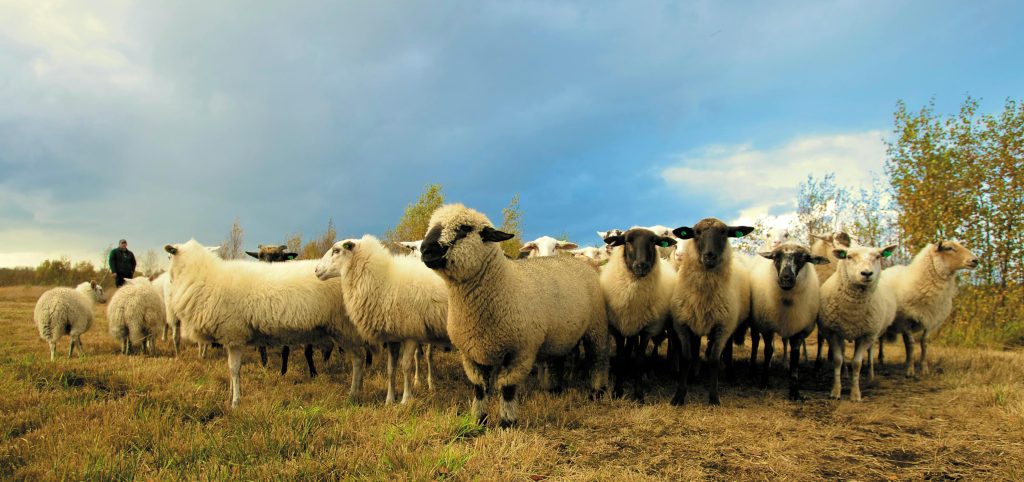
2.5 Other Profitable Livestock: Pigs, Rabbits, and Fish
While not as widely practised as cattle and poultry farming, other livestock farming businesses are gaining traction in Kenya due to their low start-up costs and market potential.
- Pigs: Pig farming in Kenya is highly profitable, especially with the growing demand for pork. Pigs grow quickly and have a high reproduction rate, making them a good investment for farmers looking for fast returns.
- Rabbits: Rabbit farming is another profitable venture with low capital requirements. Rabbit meat is lean, and its popularity is rising in urban markets.
- Fish Farming: With the rising demand for fish in Kenya, particularly tilapia and catfish, fish farming presents an excellent opportunity for profit. Fish farming can be done in ponds or tanks, making it adaptable to various land types.
3. Key Considerations for Starting a Profitable Livestock Farming Business
3.1 Selecting the Right Livestock for Your Farm
Choosing the right livestock is crucial to the success of your farming business. Climate, market demand, and land availability should guide your decision. It’s important to consider the specific needs of different types of livestock and how well they adapt to the local environment.
3.2 Managing Animal Health and Welfare
Ensuring the health and welfare of your livestock is essential for long-term success. This involves providing adequate nutrition, regular veterinary check-ups, and managing diseases. Healthy animals produce better yields and ensure you can maintain a profitable business over time.
3.3 Effective Farm Management and Record Keeping
Good farm management is the key to profitability. Keeping detailed records of your animals, expenses, and income will help you track the performance of your livestock and make informed decisions. Use farm management software to streamline this process and ensure everything is well-organized.
3.4 Land Considerations and Investment
The availability and quality of land are crucial for livestock farming success. You can raise healthy livestock and generate significant income with the right piece of land. Fincare Investments offers expert guidance on land acquisition, helping you find the perfect plot for your farming needs. Whether you’re looking to lease or purchase land, Fincare Investments provides access to prime land for your livestock farming venture.
4. Financial Aspects of Livestock Farming
4.1 Capital Investment Required for Livestock Farming
Starting a livestock farm requires significant capital investment. The cost of acquiring land, purchasing animals, and setting up necessary infrastructure (like barns, water systems, and fencing) can be substantial. However, with proper planning and financing, the returns can be considerable.
4.2 Operating Costs in Livestock Farming
Operating costs include feed, water, veterinary services, and labour. Effective management of these costs is essential for ensuring profitability. Additionally, understanding the financial dynamics of your specific livestock sector (e.g., dairy, beef, poultry) will help you maintain a balanced budget.
4.3 Expected Profit Margins in Livestock Farming
The profitability of livestock farming varies depending on the livestock type and the operation scale. For example, dairy and beef farming may require more significant investments but can yield higher returns over time. Poultry farming, on the other hand, can offer quicker returns with lower capital requirements. Proper market research is essential to estimate the potential profit margins for your chosen venture.
5. Challenges Facing Livestock Farmers in Kenya
5.1 Climate and Environmental Challenges
Kenya’s livestock farmers face challenges related to climate change, such as prolonged droughts, diseases, and unpredictable weather patterns. These factors can affect animal health, feed availability, and overall productivity. Proper planning and sustainable farming techniques can help mitigate these challenges.
5.2 Market Access and Pricing Issues
Livestock farmers often face fluctuating market prices for their products, which can affect profitability. Farmers must stay informed about market trends and seek stable markets for their products, locally or internationally.
5.3 Land and Resource Management Issues
Accessing sufficient and quality land is a significant hurdle for many livestock farmers. Fincare Investments can assist with securing the right land, whether through leasing or purchase, ensuring that farmers have the resources needed to run a successful operation.
6. The Future of Livestock Farming in Kenya
6.1 Technological Advancements in Livestock Farming
Technology is transforming livestock farming in Kenya. Innovations such as automated feeding systems, genetic breeding programs, and mobile apps for farm management are helping farmers increase productivity and efficiency.
6.2 Government Support and Policies
The Kenyan government has introduced several policies and initiatives to support livestock farmers, including feed and veterinary services subsidies. Understanding these policies can help farmers maximize their profitability and reduce costs.
6.3 Sustainability in Livestock Farming
Sustainability is becoming increasingly important in livestock farming. Farmers who adopt eco-friendly practices, such as rotational grazing, water conservation, and waste management, can increase their profitability while reducing their environmental impact.
7. How Fincare Investments Can Help Livestock Farmers in Kenya
7.1 Land Leasing and Buying Options for Livestock Farmers
Fincare Investments provides a range of land leasing and purchasing options specifically tailored to livestock farmers. Farmers can optimize their operations and achieve higher returns with access to the right land.
7.2 Expert Advice and Market Insights
As Kenyan real estate market experts, Fincare Investments offers valuable insights into the latest trends in land acquisition and agribusiness. With their guidance, farmers can make informed decisions that will enhance the profitability of their livestock farming ventures.
Conclusion: Unlocking Your Potential in Livestock Farming
Starting a profitable livestock farming business in Kenya requires careful planning, proper land access, and an understanding of market dynamics. By choosing the right type of livestock, managing resources effectively, and partnering with Fincare Investments for land acquisition, you can set yourself up for long-term success in the livestock industry.
FAQ
1. What is the most profitable livestock to farm in Kenya?
Kenya’s most profitable livestock businesses are cattle (beef and dairy farming), poultry farming, and goat farming. These sectors have a high demand for meat and milk, and the potential for returns is significant.
2. How much land do I need for livestock farming?
The amount of land you need depends on the type of livestock you wish to farm. Cattle, for example, require large grazing areas, while poultry and goat farming can be done on smaller plots. Fincare Investments can help you find the appropriate land size for your farming needs.
3. How can Fincare Investments help me with livestock farming?
Fincare Investments specializes in providing land leasing and purchasing options. Their expert advice can help you secure land suitable for livestock farming, ensuring you have the right resources for success.
4. What challenges do livestock farmers face in Kenya?
Livestock farmers in Kenya face challenges related to climate change, fluctuating market prices, and access to quality land. However, these challenges can be mitigated with the right planning and resources.
5. Is livestock farming a sustainable business in Kenya?
Yes, livestock farming is a sustainable business in Kenya, especially when farmers adopt eco-friendly practices like rotational grazing and waste management. Sustainable farming practices help protect the environment and improve long-term profitability.

